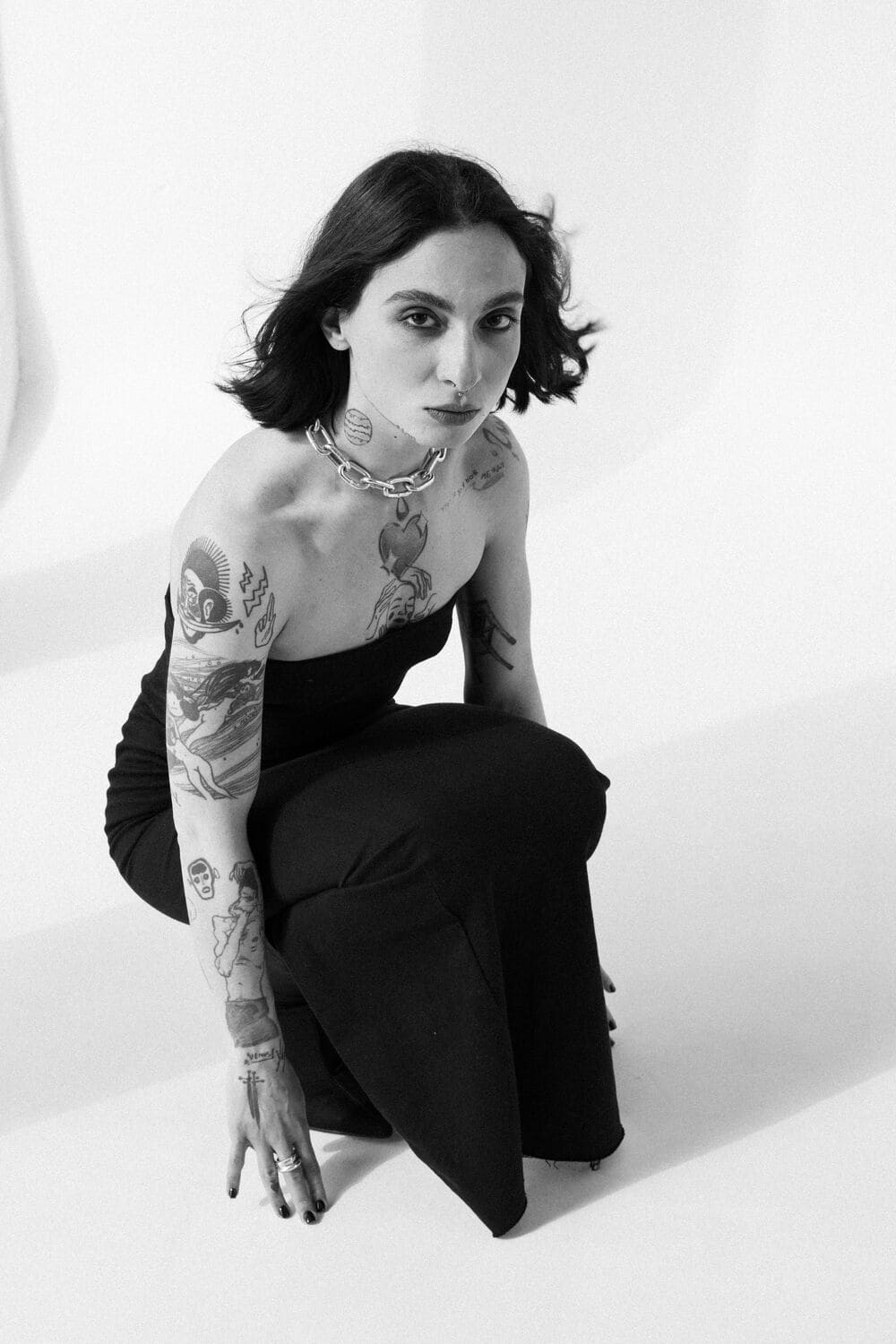There’s a quiet intensity to Mané Diás — the kind that simmers beneath every sentence and glance, the kind that makes you lean in and listen a little closer. Born in Armenia, raised in Ukraine, and now a globe-traveling tattoo artist with an unmistakable style, Mané’s work is full of contrast: fine lines with bold meaning, intimacy edged with mystery, beauty that often feels just one breath away from myth.
We met in a sunlit café tucked away from the bustle — fittingly quiet, like the pause before a story begins. Over coffee and slow sips of conversation, she unraveled how she found herself — and others — through ink.
Let’s start at the beginning. Do you remember the first moment you thought tattoos were something for you?
“I got my first tattoo when I was fifteen,” she says, smiling like it’s still inked on her memory. “It felt like I was finally connecting with something meaningful — something that truly belonged to me.”
Though she’d always been drawn to the aesthetic and the mythical, Mané never imagined a life as an artist. “In my mind, being an artist seemed irrational and out of reach. So I wouldn’t even allow myself to seriously dream about it.”
That changed when she dropped out of university in Kyiv. A semester into linguistics, then a brief detour into med school, left her disillusioned. “It was a moment of crisis — when the system you were promised would carry you forward no longer has a place for you.”
Out of that collapse came clarity. “I realized I did want to be an artist. And tattooing felt both practical and liberating at the same time.”
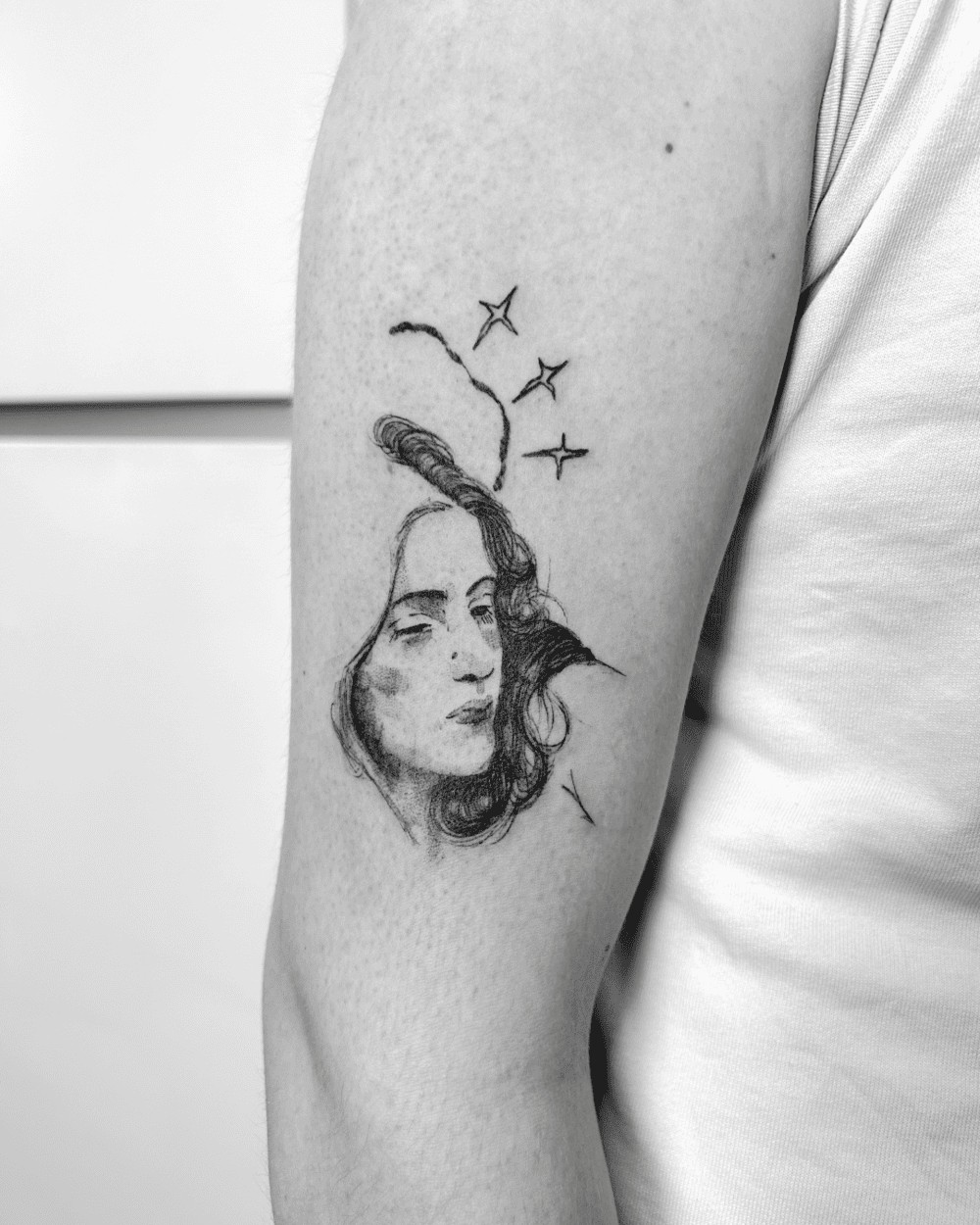
So how did you actually begin? Did you have any formal training?
“The first tattoo I ever did was on my mom,” she laughs. “After that, I started tattooing in my cramped apartment in Kyiv — just friends at first, colleagues from the bar I worked at.”
She didn’t even have a proper table then, just an improvised setup and a stubborn devotion to getting better. “My technique was still growing, but I think it was the imagery and my presence that drew people in. I believe it still is.”
From that home studio, her following began to grow. “I started uploading designs to Instagram. To my surprise, people began coming — not just friends, but strangers. Eventually, I had to find a proper space.”
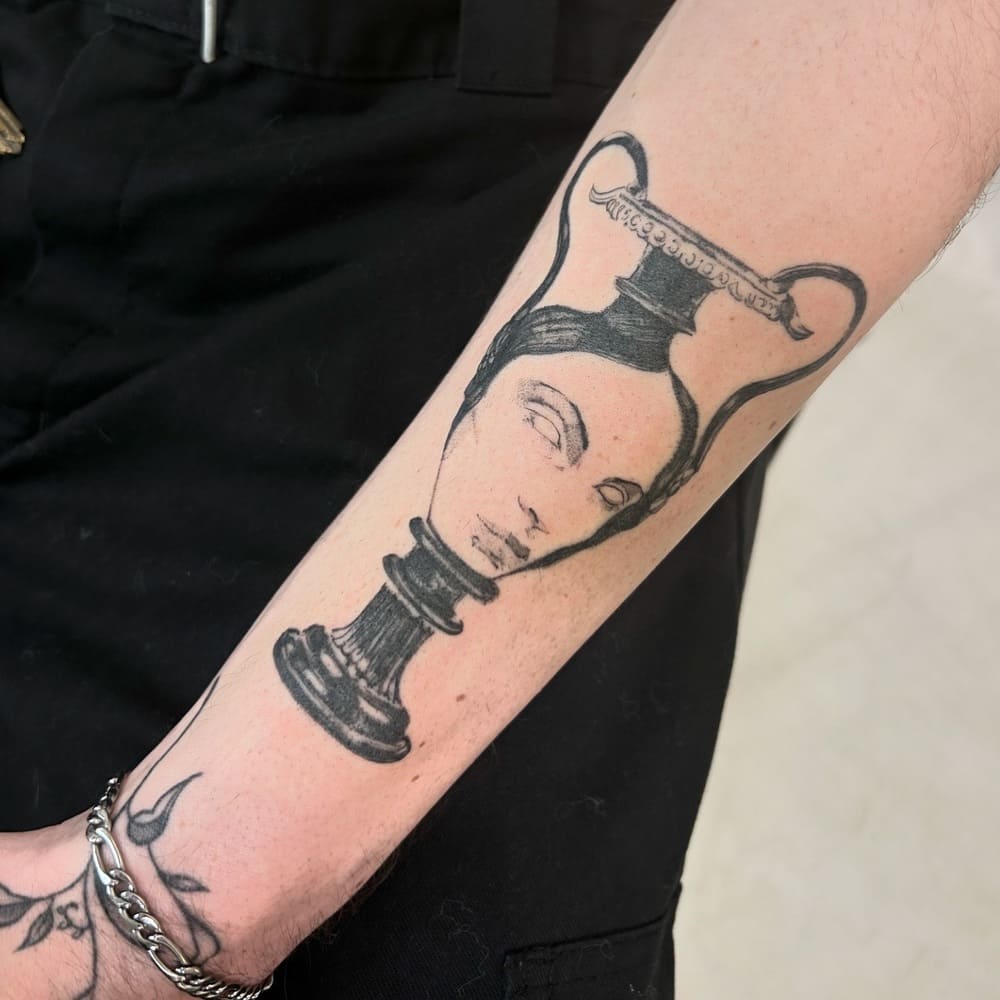
What were those early studio years like?
She found her footing at Kyiv’s 22 Studio, and later opened a space near Sofiivska Square with a close friend — a moment she calls transformative.
“It took a lot of focus and learning to create and maintain it, but it felt refreshing in a way that comes when you know you’re growing not just for yourself, but for others, too.”
They opened just before COVID, and closed shortly after the start of the full-scale war. “For the next three years, I became a wandering artist,” she says. Vienna, Berlin, Paris, Milan — the list is long. “Travelling became a big part of who I was as a tattoo artist.”
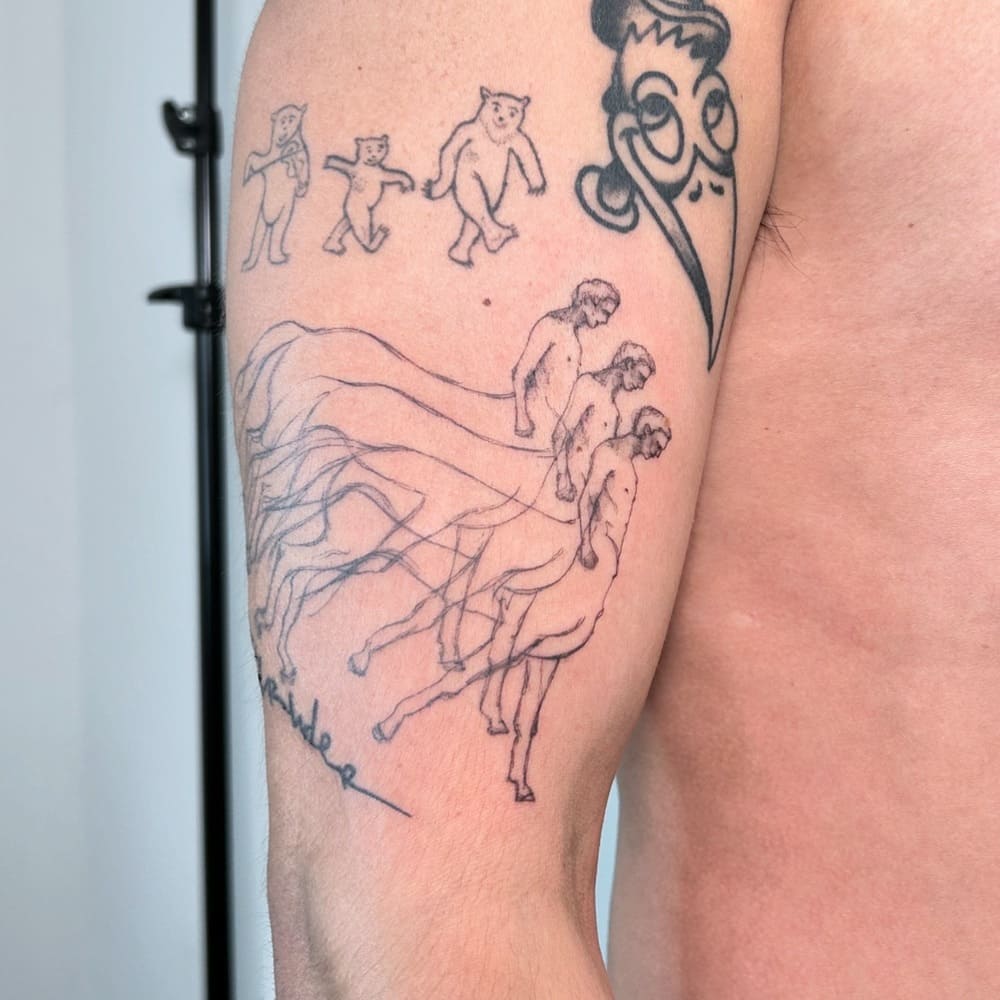
Your tattoos are so distinctive. How would you describe your style?
Mané leans forward, thoughtful. “I like to preserve the feeling of a tattoo being made by a person — not a machine. Something expressive, spontaneous. Like unconscious graphite sketching.”
She layers delicate shading and fine lines with bold outlines, often working with ethereal or erotic imagery. There’s a rhythm to her work that echoes both vulnerability and intention.
She’s heavily inspired by art history and photography: Egon Schiele, Robert Mapplethorpe, Marina Abramović, Sergei Parajanov. But it’s not just the visuals that guide her. “I’m tuned into a mood — symbolic, dreamlike, with an aftertaste of noir.”
And religious or spiritual symbolism often weaves its way in. “Whether it’s paganism, Christianity, or esoterica — to me, they all become a universal language. You just have to feel it, read between the lines.”
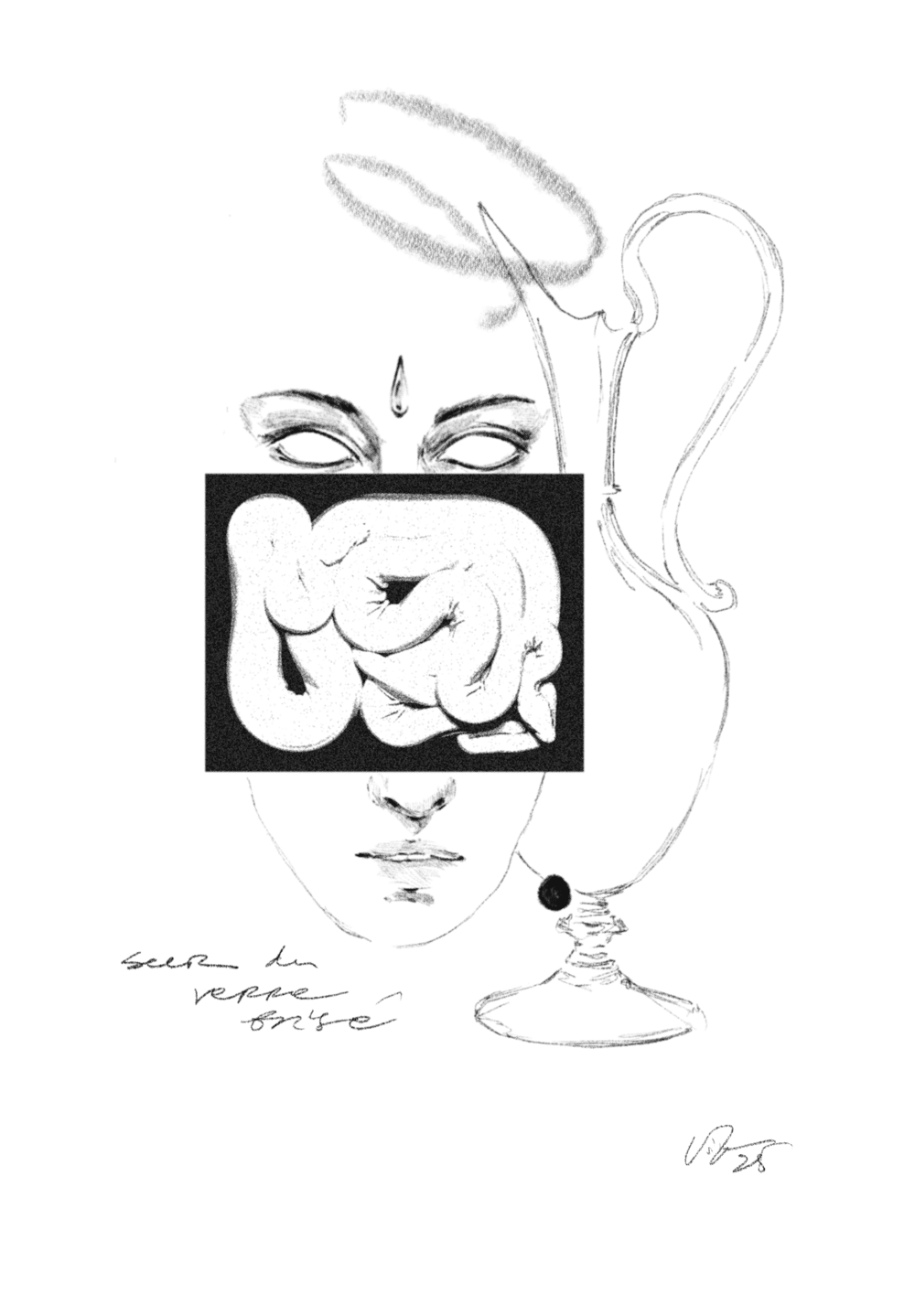
How do you work with clients to bring their ideas to life?
“I invite them to share everything — references, yes, but also music, poems, videos… anything that evokes the feeling they want. The more associative, the better.”
While consultations are often done over video calls, she always leaves space for spontaneity. “Sometimes the best ideas come unexpectedly, in the moment.”
What kind of projects excite you most?
Her eyes light up at the mention of regular clients — the ones who start their tattoo journeys with her and stick around. “It’s a duet,” she says. “A new tale unfolding, woven through flash designs and personal stories.”
One of her favorite methods once involved ink brushes, used only to create stencils directly on skin — a ritualistic process that felt like painting on a living canvas.
She also loves working with language, but rarely in English. “Words in French, German, Ukrainian, Armenian — they create this subtle veil of mystery. Unless I want to be very clear, I like meanings that whisper instead of shout.”
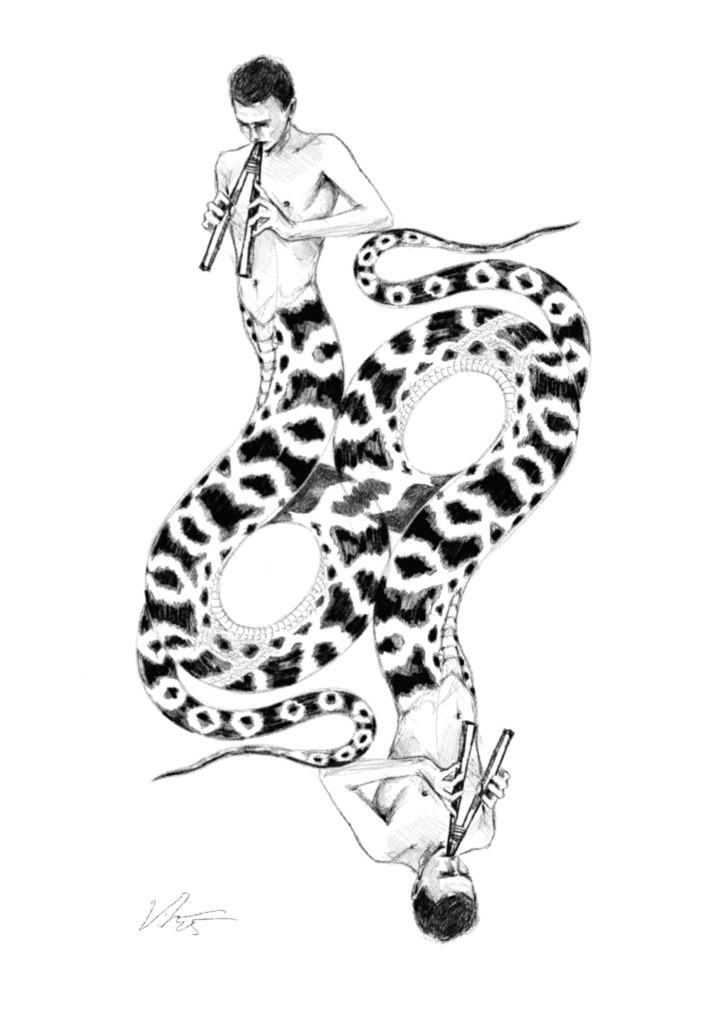
How has the tattoo industry changed since you started?
“There’s more freedom now — more space for expression and individuality,” she says. “It’s no longer about predictable aesthetics. There’s a hunger for the raw, the personal.”
But that freedom, she warns, comes with responsibility. “This kind of liberation also attracts abuse — where the idea that ‘anyone can do anything’ is pushed too far.”
Her own vision has stayed steady, even as her technical skill evolves. “I’ve been riding the contemporary wave throughout.”
And finally — what’s something you believe that guides you through it all?
She pauses, then says slowly, “Infatuation is a big part of being seen as an artist.”
It’s not about trends or marketing, she suggests. It’s about being drawn in — to an image, a presence, a feeling. “That’s what I try to create. A moment that feels inevitable.”
📍Find Mané Diás on Instagram: @themanedias
